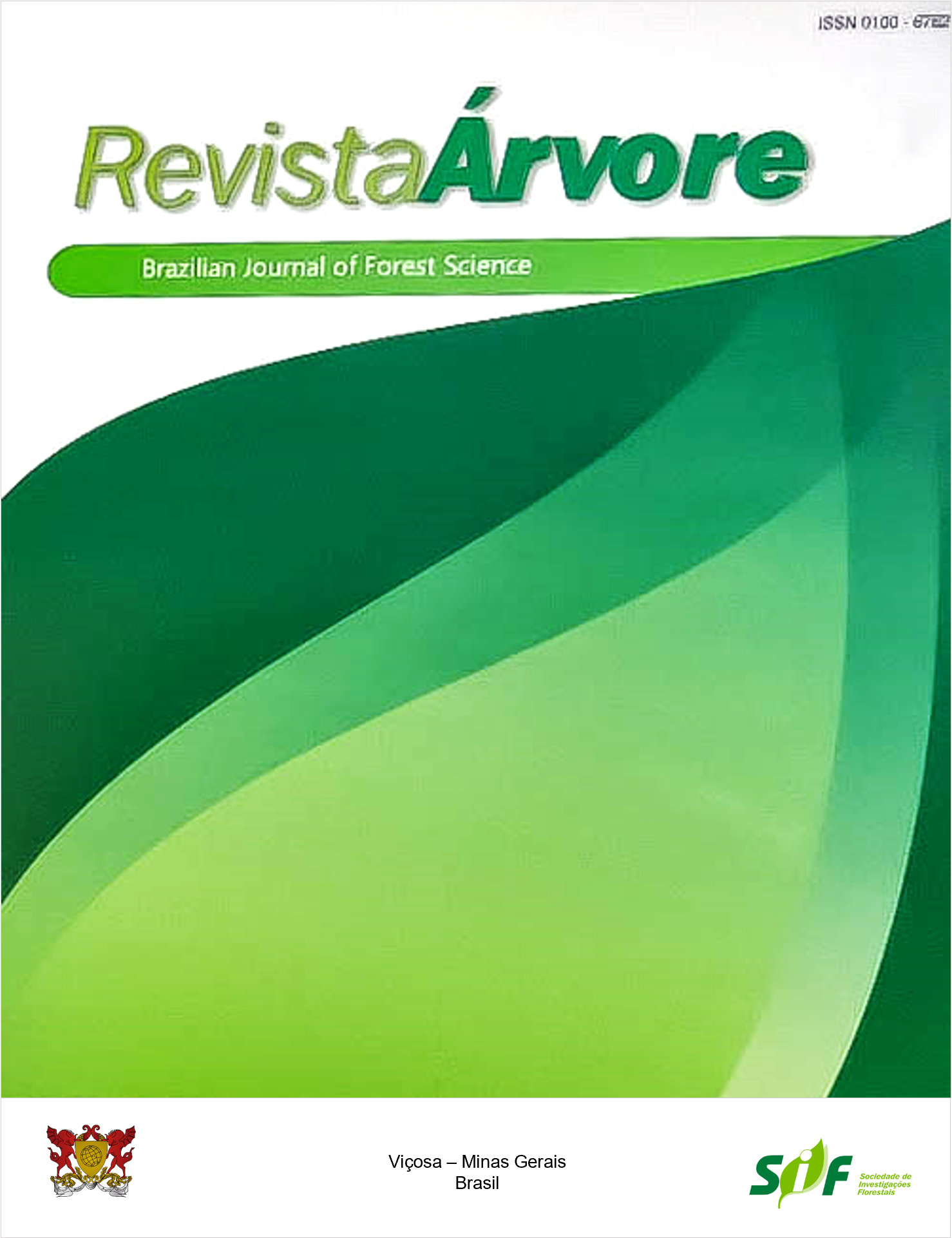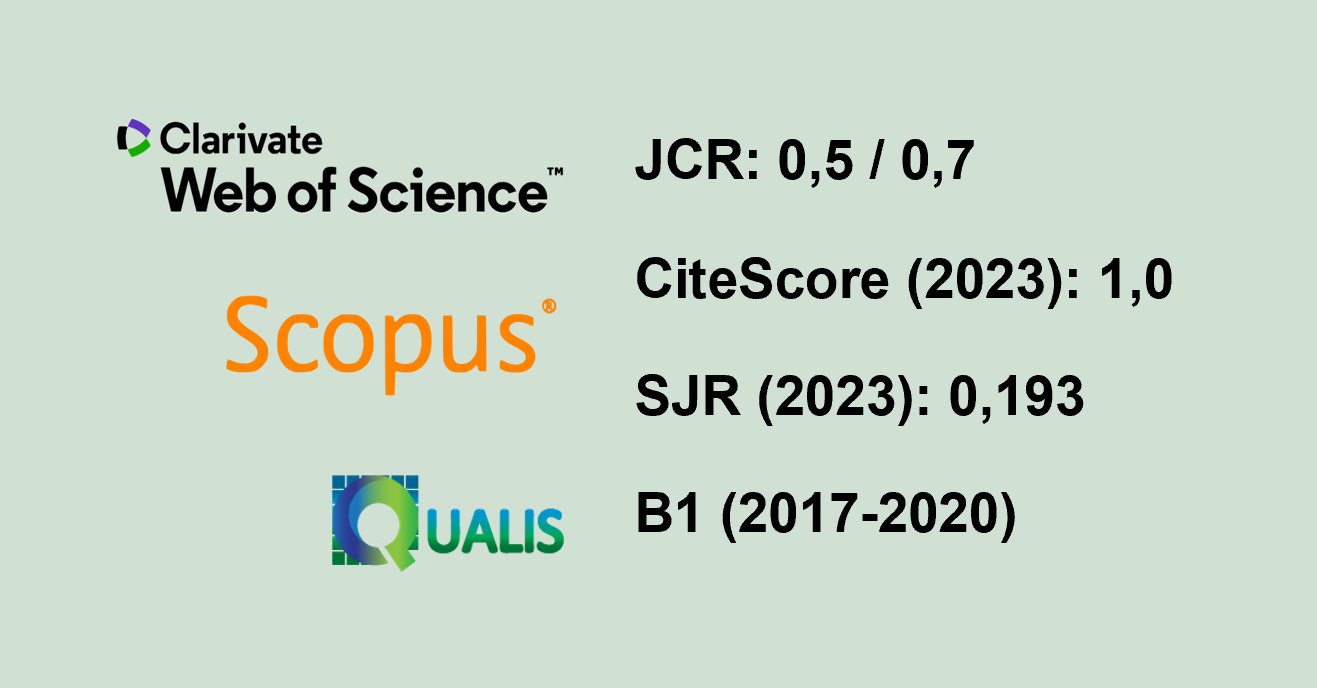NATURAL REGENERATION IN ABANDONED FIELDS FOLLOWING INTENSIVE AGRICULTURAL LAND USE IN AN ATLANTIC FOREST ISLAND, BRAZIL
Resumo
The time required to regrowth a forest in degraded areas depends on how the forest is removed and on the type of land use following removal. Natural regeneration was studied in abandoned old fields after intensive agricultural land use in areas originally covered by Brazilian Atlantic Forests of the Anchieta Island, Brazil in order to understand how plant communities reassemble following human disturbances as well as to determine suitable strategies of forest restoration. The fields were classified into three vegetation types according to the dominant plant species in: 1) Miconia albicans (Sw.) Triana (Melastomataceae) fields, 2) Dicranopteris flexuosa (Schrader) Underw. (Gleicheniaceae) thickets, and 3) Gleichenella pectinata (Willd.) Ching. (Gleicheniaceae) thickets. Both composition and structure of natural regeneration were compared among the three dominant vegetation types by establishing randomly three plots of 1 x 3 m in five sites of the island. A gradient in composition
and abundance of species in natural regeneration could be observed along vegetation types from Dicranopteris fern thickets to Miconia fields. The gradient did not accurately follow the pattern of spatial distribution of the three dominant vegetation types in the island regarding their proximity of the remnant forests. A complex association of biotic and abiotic factors seems to be affecting the seedling recruitment and establishment in the study plots. The lowest plant regeneration found in Dicranopteris and Gleichenella thickets suggests that the ferns inhibit the recruitment of woody and herbaceous species. Otherwise, we could not distinguish different patterns of tree regeneration among the three vegetation types. Our results showed that forest recovery following severe anthropogenic disturbances is not direct, predictable or even achievable on its own. Appropriated actions and methods such as fern removal, planting ground covers, and enrichment planting with tree species were suggested in order to restore the natural forest regeneration process in the abandoned old fields.
Keywords: Wet tropical forests, Anthropogenic disturbances and Forest restoration.
Downloads
Publicado
Como Citar
Edição
Seção
Licença
Todos os autores concordaram com a submissão do trabalho à Revista Árvore e concederam a licença exclusiva para publicação do artigo. Os autores afirmam que se trata de um trabalho original, e que não foi publicado anteriormente em outros meios. O conteúdo científico e as opiniões expressas no artigo são de responsabilidade total dos autores e refletem sua opinião, não representando, necessariamente, as opiniões do corpo editorial da Revista Árvore ou da Sociedade de Investigações Florestais (SIF).




